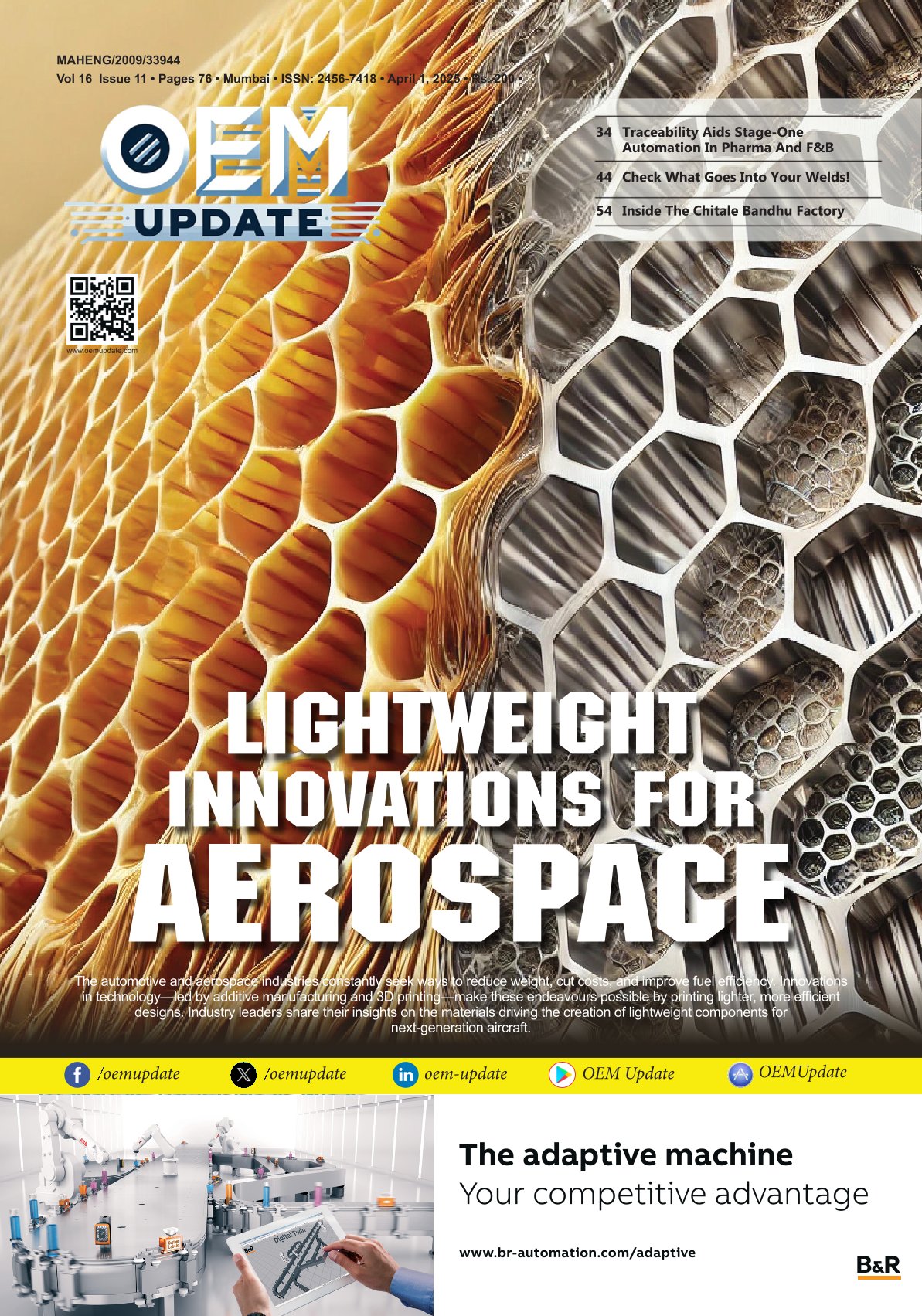MAN FRACTURING INDUSTRY
By admin June 22, 2011 6:47 am IST
The manufacturing sector is facing a chain of challenges in the form of unskilled labour, low augmentation of automation, corruption and lack of policy initiatives among others; acting as an obstacle towards the growth of this sector in the country.
Foreword
Manufacturing sector plays a vital role in the prosperity of an economy. As far as India is concerned, manufacturing sector contributes almost 16 per cent of the country’s GDP. India emerged as one of the strongest players and ranks 9th in the list of leading manufacturers of the world. According to the ‘2010 global manufacturing competitiveness index’ by Deloitte Touche Tohmatsu and the US Council on Competitiveness, the country ranks second in the world in terms of manufacturing capability. According to UNIDO’s report India is ranked as one of the world’s top ten countries in industrial production. The confederation of Indian industry (CII) – ASCON survey reports that 41 out of 121 sectors in the manufacturing industry showed excellent growth rate of more than 20 per cent in April-March 2010-11 compared to 34 sectors in 2009-10 which shows a marked improvement.
Journey so far…
The manufacturing sector is yet to gain a strong foothold in the country, in spite of major economic reforms being issued in the past. Considering this fact, achieving double digit growth in the sector still seems a distant dream. With the Seventh Plan (1985 – 90) coming into effect, a major revolution in the industrial development took place, segregating manufacturing from controls. The changes that preceded gave way for growth, modernisation and diversification in the sector with immediate effect.
Moving forward, the average yearly growth of India’s manufacturing sector saw an upward trend which rose to 7.6 per cent in the period 1985 – 90 from 4.6 per cent in
1950 – 65.
India began following the policy of globalisation, liberalisation and macro economic restructuring and gradually took part in external competition. The sector also saw some drastic changes taking place which were advantageous to the related industries such as pharmaceuticals, petrochemical, electronics and electrical goods and chemicals among others.
Apart from that, the manufacturing received excellent response from the small scale sector too. By and large, it can be said that reforms in trade and industrial policies led to commencement of universal entrepreneurship in almost every sector.
Way forward
According to the government’s estimate, manufacturing sector aims to grow at a rate of about 9 per cent in the current fiscal. The country is expected to witness investments of nearly US$ 200 billion in manufacturing. The Government is also considering policy thrust of manufacturing not just as an economic imperative, but as a crucial social imperative that is integral to country’s inclusive growth agenda.
Manufacturing also plays a crucial role in generating employment for a country. The sector engages almost 11 per cent of India’s workforce and contributes to a fifth of GDP and nearly half of the exports. According to the commerce & industry Ministry, in the next decade 100 million people are set to join the workforce and the manufacturing sector alone holds the potential of providing gainful employment to these people.
FDI to boost manufacturing sector
Foreign direct investment (FDI) has opened many new vistas in the manufacturing sector. More and more multinational companies are venturing into Indian market with huge investment. That not only contributes to the economic prosperity of the country, but also plays a significant role in creating jobs and developing skills. The Indian government has issued the new “Consolidated FDI policy,” which came into effect from April 1, 2010. With an aim to make the country a global manufacturing hub, the government is also likely to set up national manufacturing and investment zones (NMIZs) to promote investments in the manufacturing sector and make the country a hub for both domestic and international markets.
Cookie Consent
We use cookies to personalize your experience. By continuing to visit this website you agree to our Terms & Conditions, Privacy Policy and Cookie Policy.


















